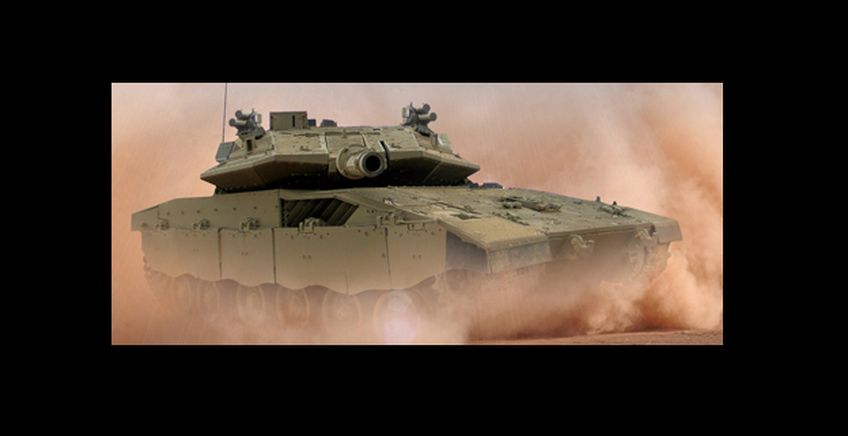Neteera to develop innovative THz Camera
20 March, 2016
Neteera Technologies raised $2 million for the development of a ground breaking CMOS image sensor for 80GHz-600GHz electromagnetic radiation
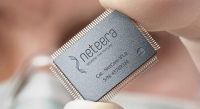
Neteera Technologies raised $2 million to develop a ground breaking CMOS image sensor for 80GHz-600GHz frequency band
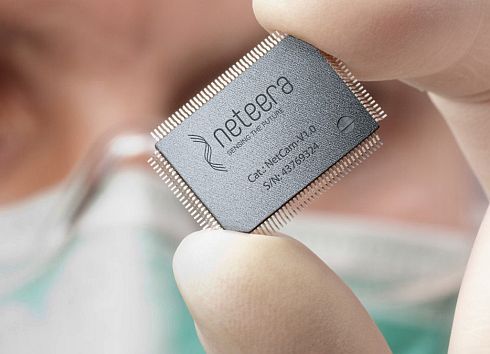
Development Company, The technology-transfer company of the Hebrew University in Jerusalem, Yissum Research, founded Neteera Technologies to develop a Novel remote sensing technology of human biological indicators, based on the detection of electromagnetic emissions from sweat ducts.
The company was founded by Prof. Yuri Feldman, Dr. Paul Ben Ishai and by CEO Isaac Litman, who previously served as CEO of Mobileye. Last week Neteera has completed it first round of funding, raising $2.0 million from private investors. The money will be used towards creating a commercial product.
The sensor being developed by the company will enable real time monitoring of changes in physical parameters such as stress level, fatigue or pain. It will also enable identification of drug and Alcohol abuse as well as to preform medical diagnostics. Such a technology will have a wide range of an applications in various fields such as homeland security, automotive, medicine, consumer products and even IT.
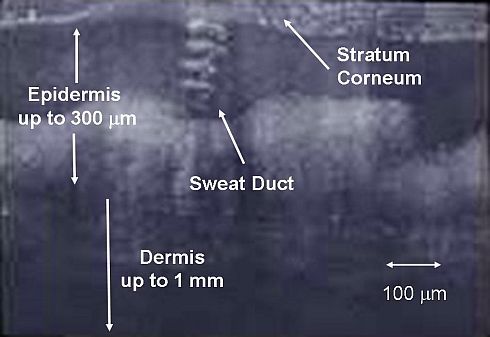
Neteera’s technology is based on detection of electromagnetic emissions from sweat ducts. The ducts return electromagnetic waves in Terahertz frequencies (a wide frequencies range between microwave and infra-red). The use of a sub-terahertz imaging camera will enable to remotely monitor biometric and physiological indicators.
The scientific discovery: sweat ducts are antennas
The technology was developed by Prof. Yuri Feldman from the Department for Applied Physics and and by Dr. Paul Ben Ishai, Manager of The Center for Electromagnetic Research and Characterization (CERC), both at the Hebrew University of Jerusalem. Together with additional scientists, the two published a groundbreaking research in 2008, characterizing the human sweat ducts: they discovered the ducts have a helical form.
They are filled with conductive material, and their size makes them into antennas with resonance frequencies of 80GHz-600GHz. The ducts therefore preform as transmission and reception antennas in terahertz frequencies.
The two came up with the idea, that measuring the returned radiation emitted by the ducts will enable remote measuring if physiological changes manifested in the sweat system such as blood pressure and heartbeat rate. CEO Isaac Litman says the funding raised by the company will be used towards creating a commercial product.
“Sensing the electromagnetic properties of the skin via sweat ducts allows for remote, non-invasive, seamless and safe detection of various human biological indicators. Our technology offers unique possibilities in a variety of potential markets, including transportation, IT, consumer electronics, homeland security and healthcare. We are looking forward to the launch of our first biometric ID product in the first half of 2017.
Dual sided technological strategy
Neteera’s main goal is the developing a sensor consisting of antenna and processing unit for the Terahertz CMOS camera. Nateera’s Camera development group operates as a company within a company, and will sell the chip to other companies intending to develop their own applications.
At the same time, Neteera will develop a proprietary algorithm focusing on deciphering various parameters of human physiology. This algorithm will be run on Neteera’s own hardware dubbed THz Sensor.
Terahertz imaging
The field of Terahertz imaging is gaining traction in the past few years, especially for homeland security applications. Terahertz waves is a band of electromagnetic frequencies at the far end of the infrared band, just before the the microwave band. They can pass through objects such as skin and cloths and do not constitute a danger for human tissue (unlike X-rays for example). These attributes make THz waves ideal for use in unobtrusive and harmless detectors.
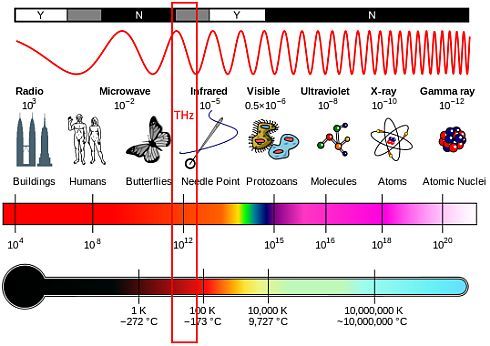
Neteera is not the first to develop THz image sensor, Several detectors have been developed in the last few years, mainly for remote detection of explosives and chemical and biological substances. Neteera’s innovation lies at the ability to conduct a remote a biometric identification of an individual, as well as to measure further physiological parameters.
Future application of the technology includes biometric identification, detection of potential suspects based on parameters indicating mental stress such as excessive sweating, heartbeat rate and blood pressure. It can also be used to locate drivers under the influence of drugs or alcohol.
Present biometrical identification techniques usually scann various parameters such as fingerprints, retina, facial characteristics and voice. They are very sensitive to external conditions such as lighting or noise, as well as to physical or behavioral variations, including shaving, injuries or facial expressions.
Since Neteera’s technology relies on an internal property of the body, it allows for high levels of accuracy, eliminating the possibility of faking an identity. In addition, the detection method is continuous and remote, without the need for direct contact with the subject.
Posted in: Aerospace & Defense , ElectroOptics , Featured Stories , News , Semiconductors



